C1
ENA - Graciosa Island, Azores, Portugal
The latest site to join ARM’s set of fixed-location atomspheric observatories began operations in September 2013. Identified as the Eastern North Atlantic (ENA), this facility is located on Graciosa Island in the Azores. The Azores are an island group located in the northeastern Atlantic Ocean, a region characterized by marine stratocumulus clouds. Response of these low clouds to changes in atmospheric greenhouse gases and aerosols is a major source of uncertainty in earth system models.
The islands experience a tepid, oceanic, subtropical climate with mild temperatures ranging anywhere from 59 °F to 80 °F. Light clothes with one or two sweaters/jackets are enough to survive the cooler nights, winter season and occasional rain showers.
Click to enlarge images.
 |
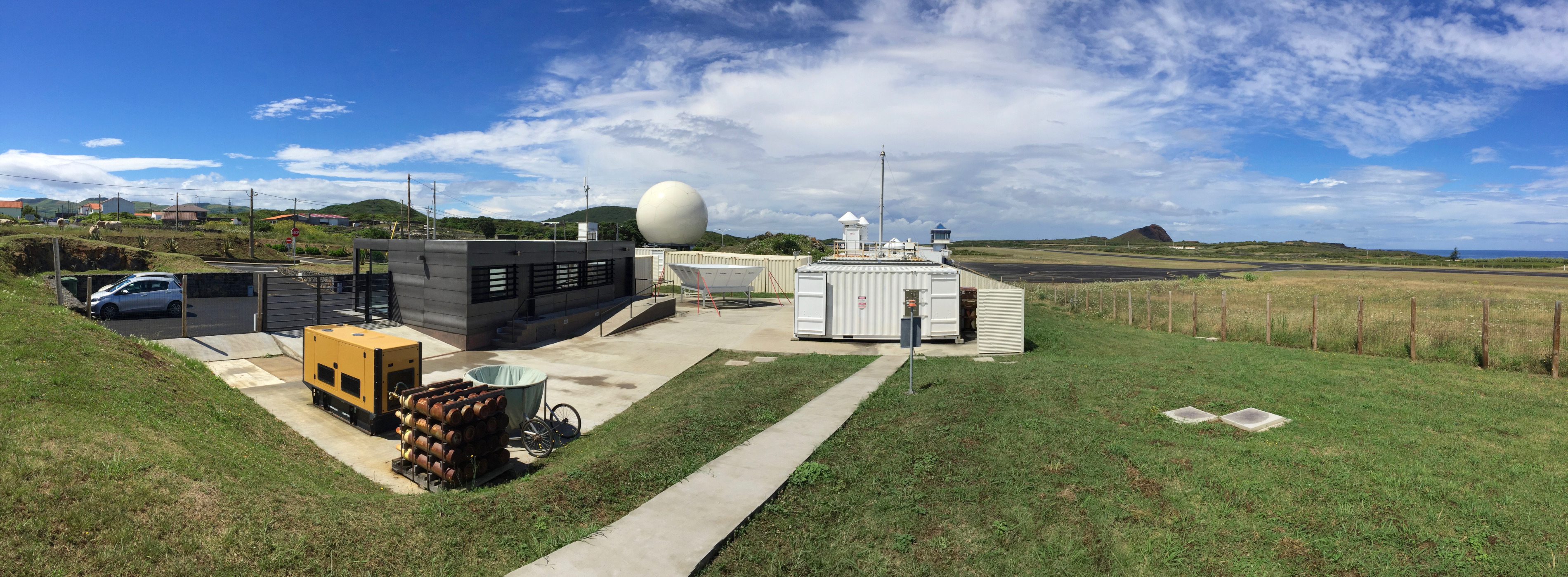 |
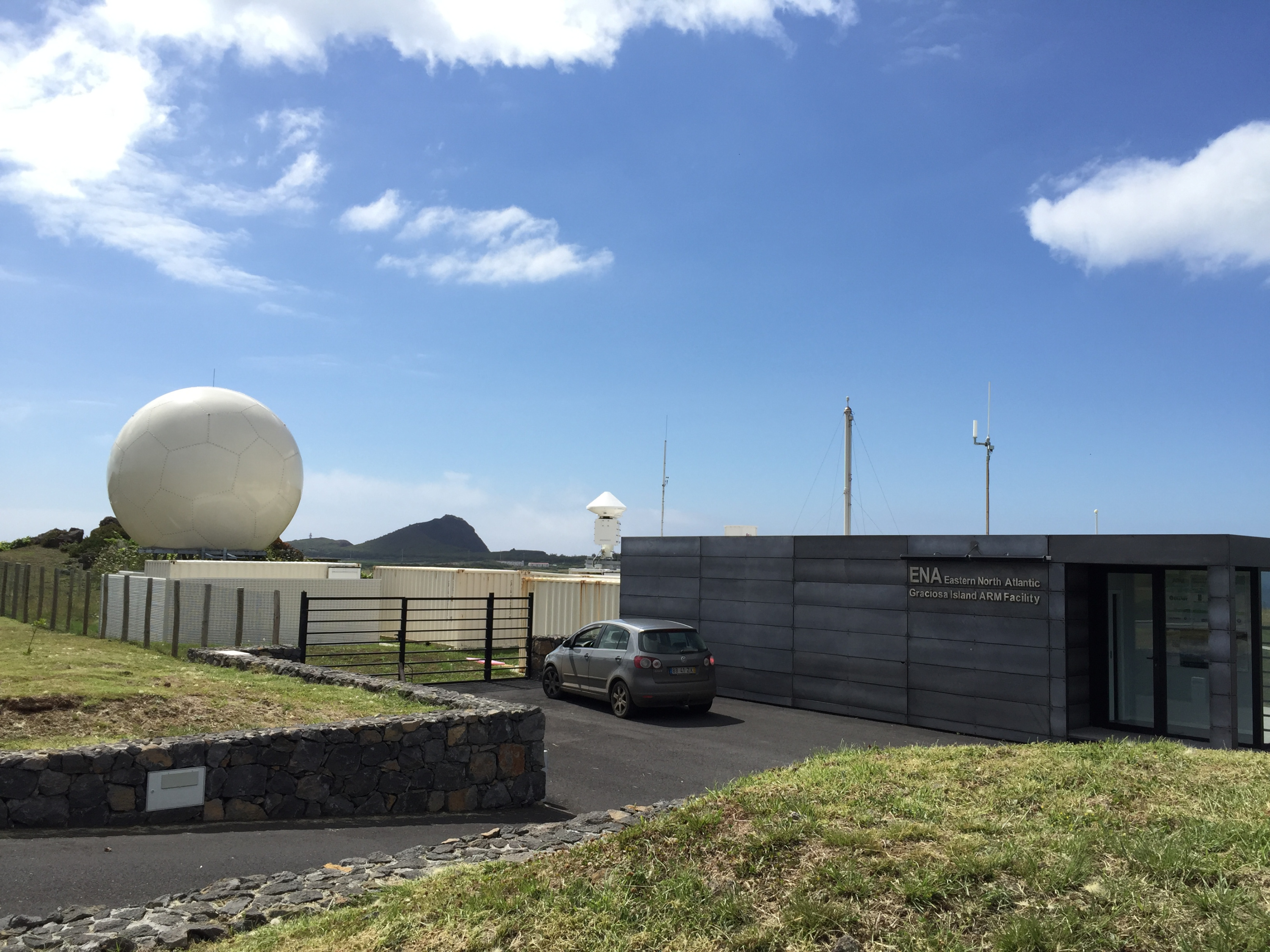 |
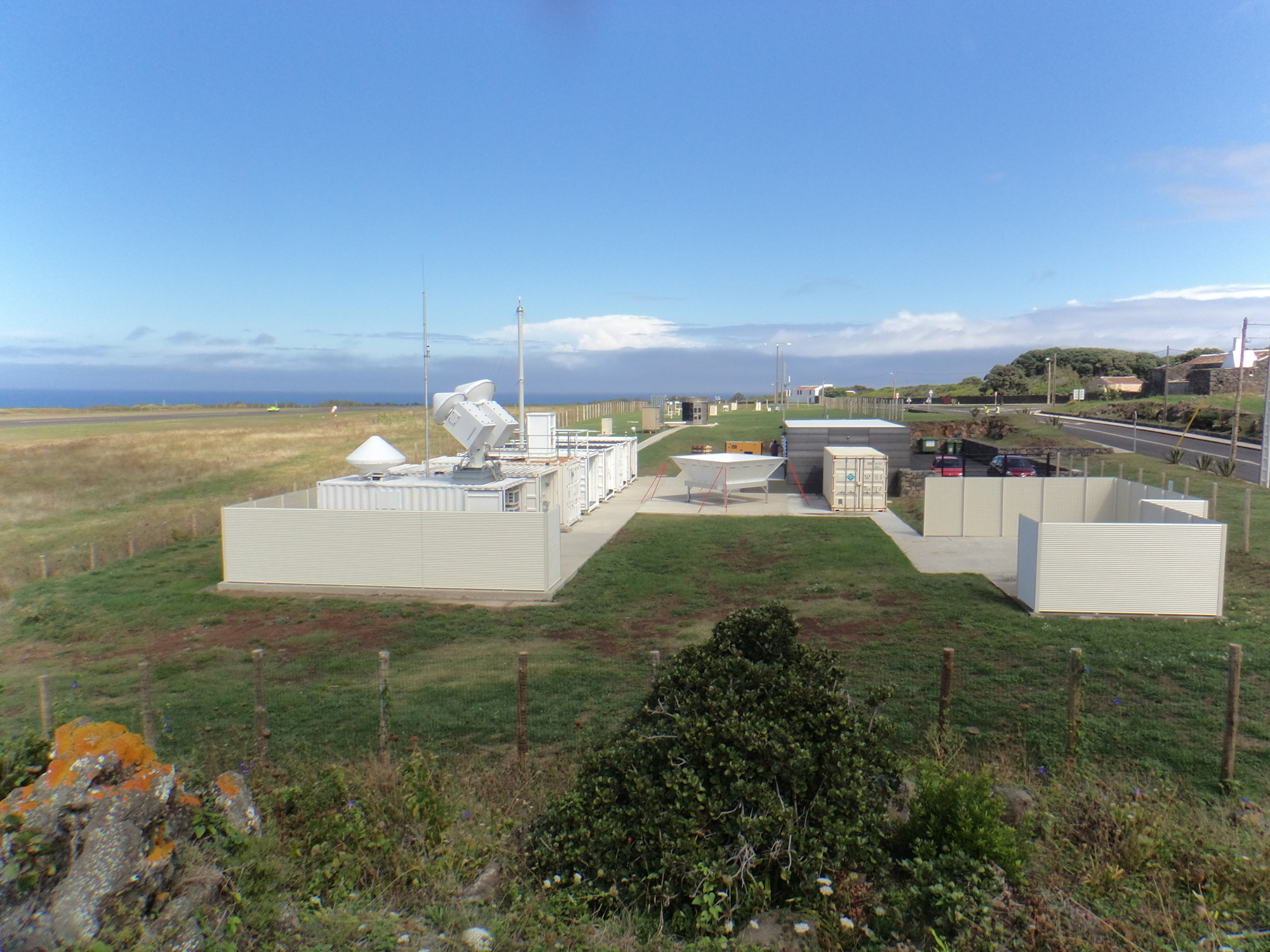 |
Instruments deployed at ENA - Graciosa Island, Azores, Portugal

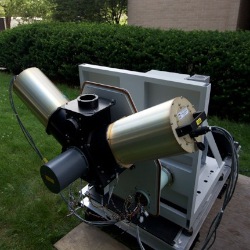
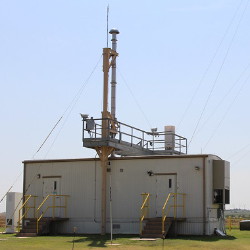
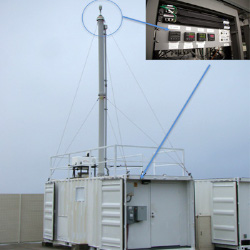
aosmet
Meteorological Measurements associated with the Aerosol Observing System
2014-01-01 — Currently Deployed
Browse Data


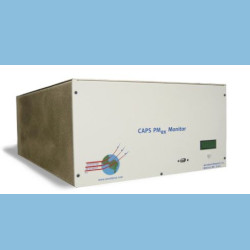
caps-pmex
Cavity Attenuated Phase Shift Extinction Monitor
2014-02-18 — Currently Deployed
Browse Data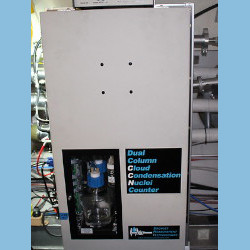
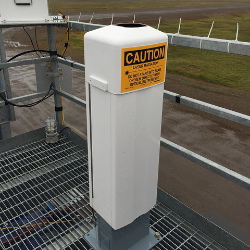

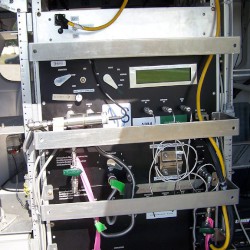
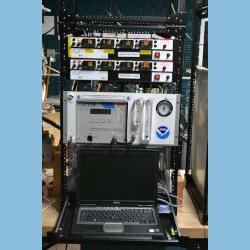
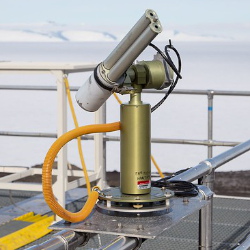
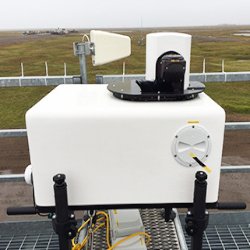
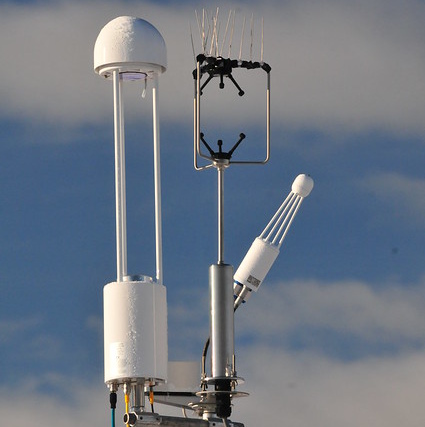

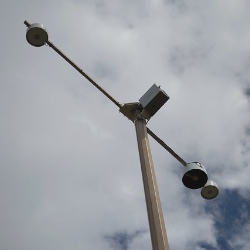
gndrad
Ground Radiometers on Stand for Upwelling Radiation
2013-09-30 — Currently Deployed
Browse Data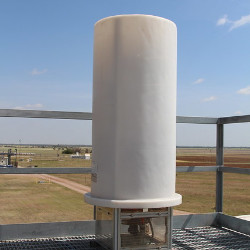
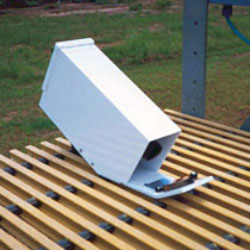
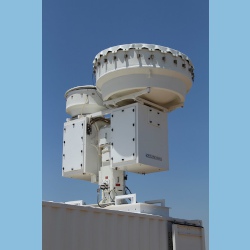
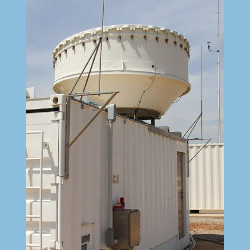
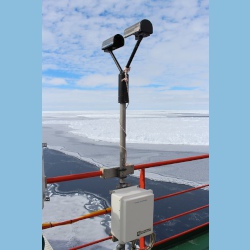
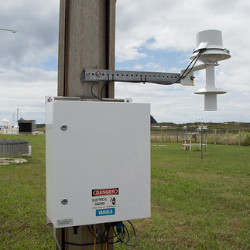
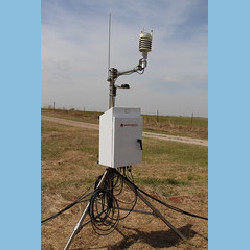
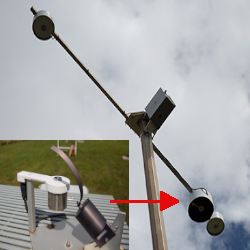
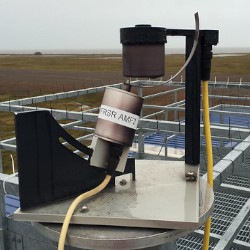
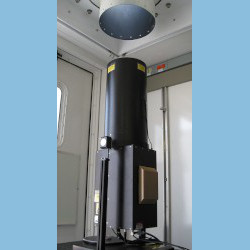
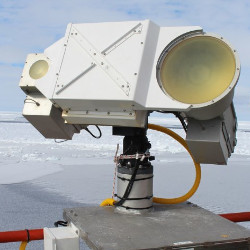
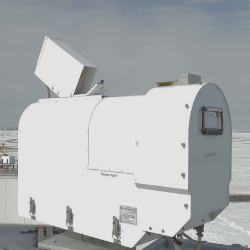
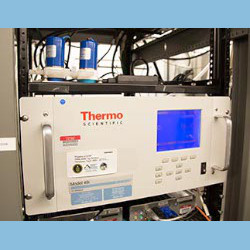
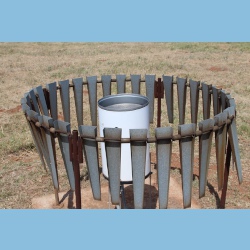
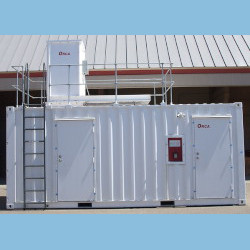
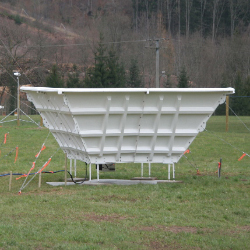
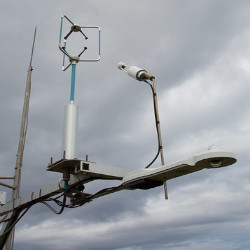
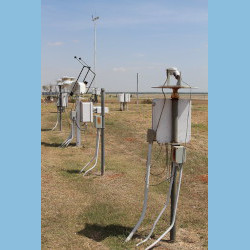
sirs
Solar and Infrared Radiation Station for Downwelling and Upwelling Radiation
2024-02-09 — Currently Deployed
Browse Data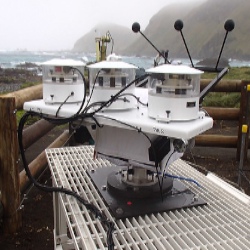
skyrad
Sky Radiometers on Stand for Downwelling Radiation
2013-09-28 — Currently Deployed
Browse Data
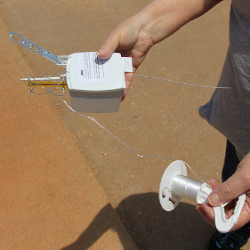
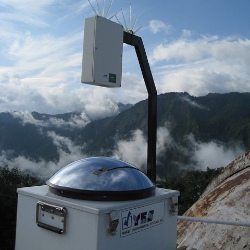
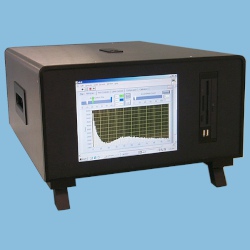
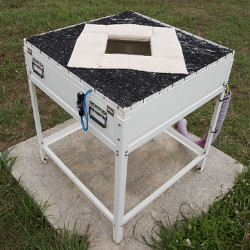
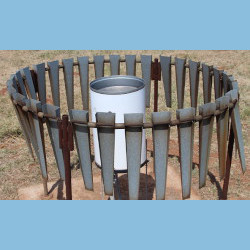
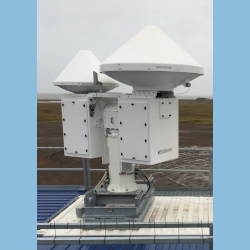
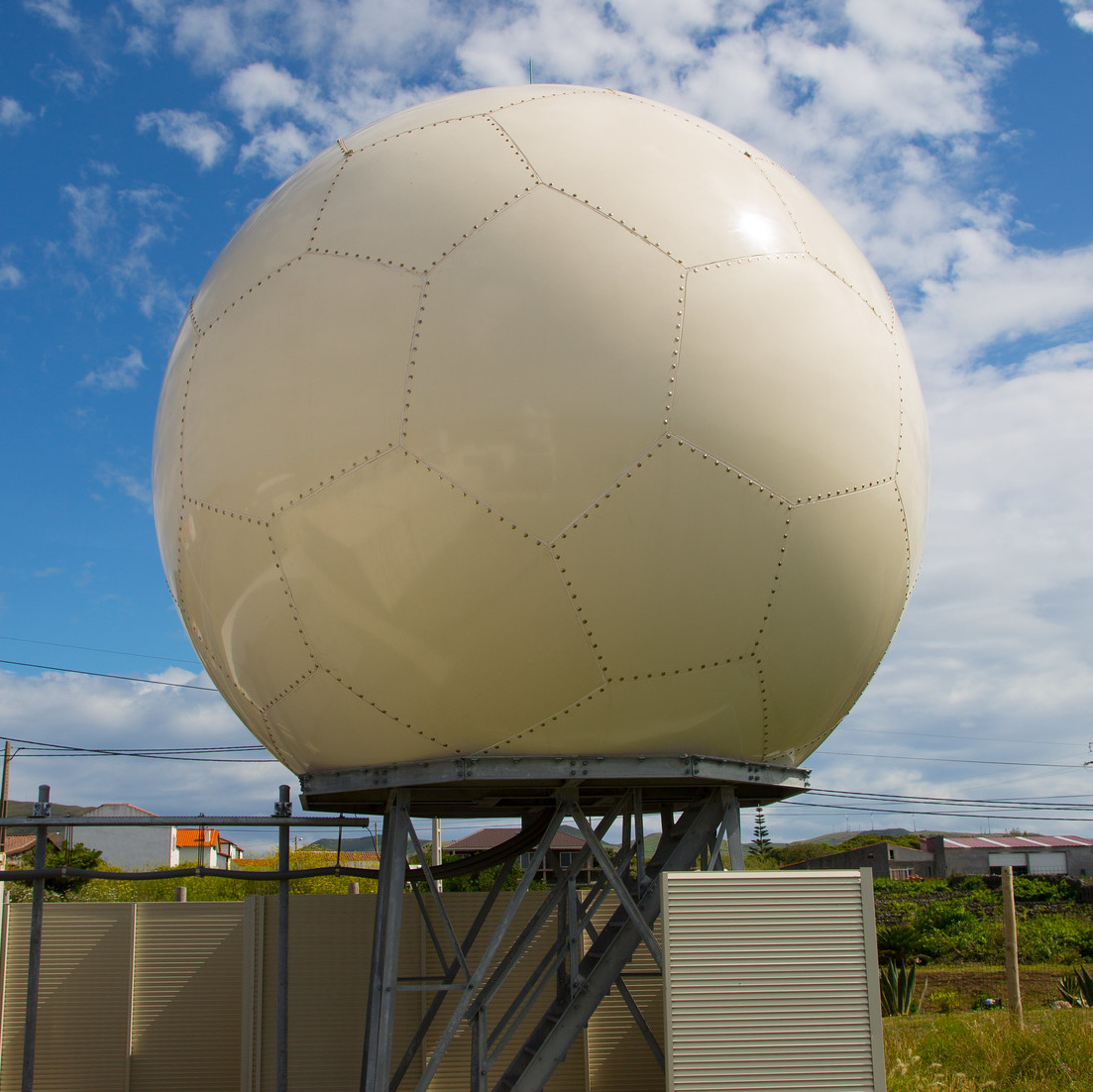
Primary Measurements collected at ENA - Graciosa Island, Azores, Portugal
Aerosol concentration
Browse DataAerosol extinction
Browse DataAerosol optical depth
Browse DataAerosol optical properties
Browse DataAerosol particle size
Browse DataAerosol particle size distribution
Browse DataAtmospheric moisture
Browse DataAtmospheric pressure
Browse DataAtmospheric temperature
Browse DataAtmospheric turbulence
Browse DataBackscattered radiation
Browse DataCarbon dioxide (CO2) concentration
Browse DataCarbon dioxide (CO2) flux
Browse DataCarbon monoxide (CO) Concentration
Browse DataCloud base height
Browse DataCloud condensation nuclei
Browse DataCloud fraction
Browse DataConvection
Browse DataHorizontal wind
Browse DataHydrometeor Geometry
Browse DataHydrometeor Size Distribution
Browse DataHydrometeor fall velocity
Browse DataHydrometeor size
Browse DataHygroscopic growth
Browse DataInorganic chemical composition
Browse DataInstrument monitoring non-geophysical variables
Browse DataLatent heat flux
Browse DataLidar Doppler
Browse DataLidar polarization
Browse DataLiquid water content
Browse DataLiquid water path
Browse DataLongwave broadband downwelling irradiance
Browse DataLongwave broadband upwelling irradiance
Browse DataLongwave narrowband brightness temperature
Browse DataLongwave spectral brightness temperature
Browse DataLongwave spectral radiance
Browse DataMethane concentration
Browse DataMethane flux
Browse DataMicrowave narrowband brightness temperature
Browse DataNet broadband total irradiance
Browse DataNitrogen oxides
Browse DataOrganic Material Concentration
Browse DataOzone Concentration
Browse DataPlanetary boundary layer height
Browse DataPrecipitable water
Browse DataPrecipitation
Browse DataRadar Doppler
Browse DataRadar polarization
Browse DataRadar reflectivity
Browse DataSensible heat flux
Browse DataShortwave broadband diffuse downwelling irradiance
Browse DataShortwave broadband direct normal irradiance
Browse DataShortwave broadband total downwelling irradiance
Browse DataShortwave broadband total upwelling irradiance
Browse DataShortwave narrowband diffuse downwelling irradiance
Browse DataShortwave narrowband diffuse upwelling irradiance
Browse DataShortwave narrowband direct normal irradiance
Browse DataShortwave narrowband radiance
Browse DataShortwave narrowband total downwelling irradiance
Browse DataShortwave spectral radiance
Browse DataSnow depth
Browse DataSoil heat flux
Browse DataSoil moisture
Browse DataSurface energy balance
Browse DataSurface skin temperature
Browse DataVertical velocity
Browse DataVirtual temperature
Browse DataVisibility
Browse DataKeep up with the Atmospheric Observer
Updates on ARM news, events, and opportunities delivered to your inbox
ARM User Profile
ARM welcomes users from all institutions and nations. A free ARM user account is needed to access ARM data.


















